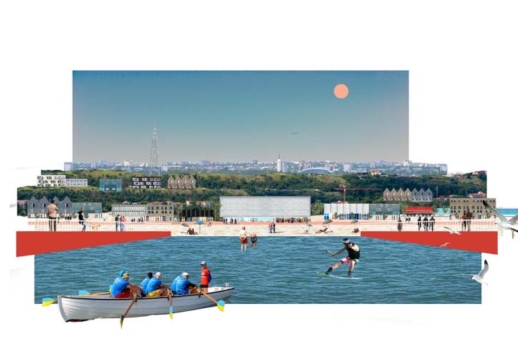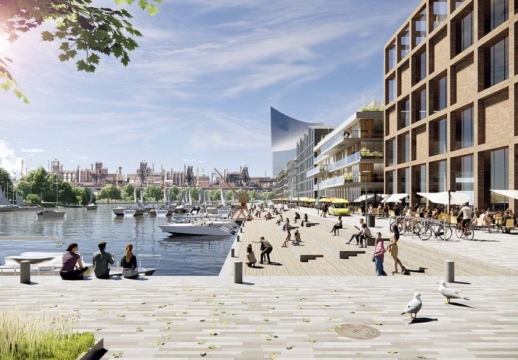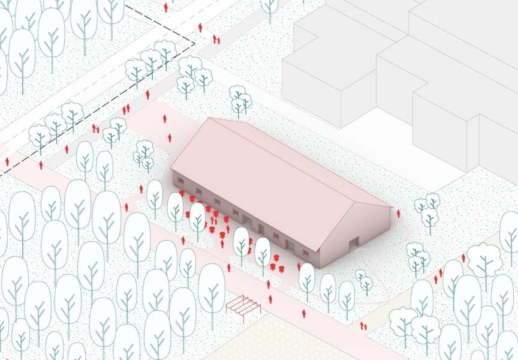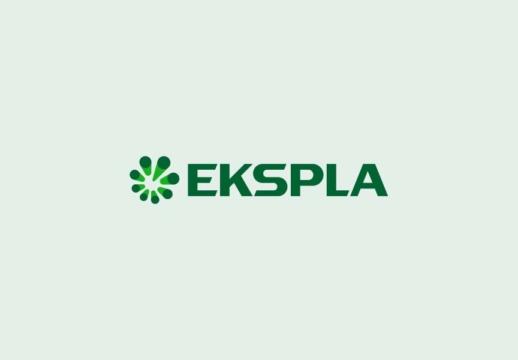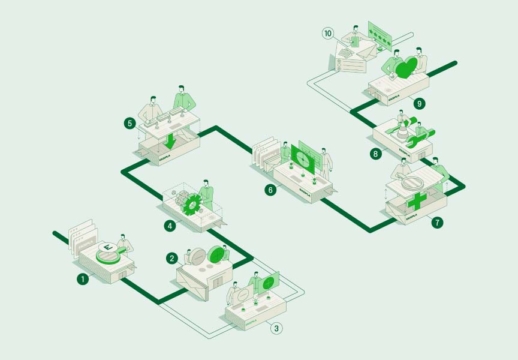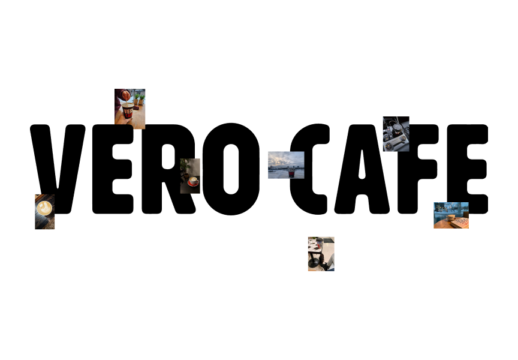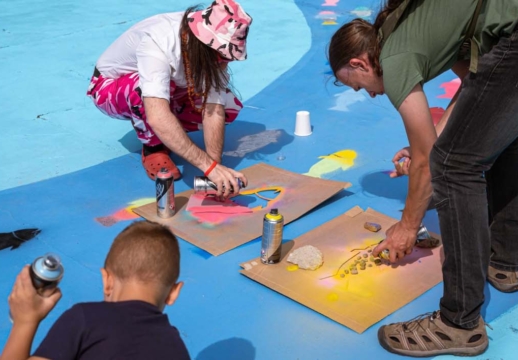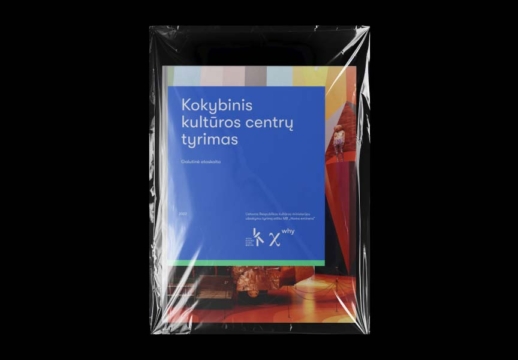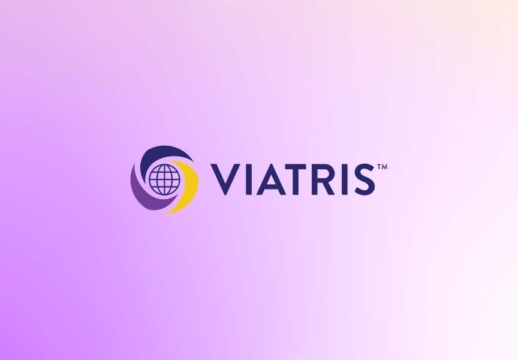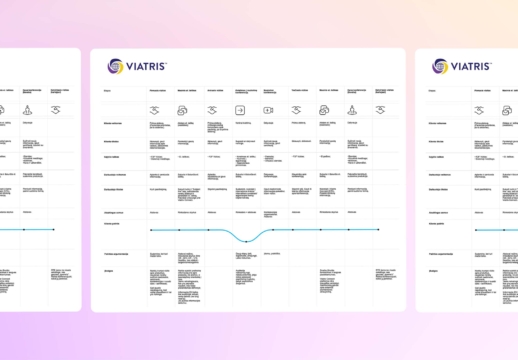In our experience, we have observed the heightened impact of collective efforts compared to individual actions. Emphasizing values such as respect, precision, and togetherness, engagement emerges as the predominant method for executing the majority of the projects. This holds particularly true within our agency.
ENGAGEMENT
Engagement is a practice where research, co-creation, decision making, and structured participation are intertwined to facilitate the feeling of belonging and reveal useful insights. Engagement, as a process, serves two purposes: it connects stakeholders into action and brings forth the knowledge fostered within the stakeholder experiences. In other words, engagement provides results and is the result itself.
This practice has four key parts
Depending on the context of the challenge, relevant stakeholders are identified. The relationships between them are clarified to see the plausible impact on further idea development.
Creating a process with different components (workshops, surveys, etc.) to combine the challenge and the stakeholder map. The goal is to identify the most impactful way of interconnecting various engagement techniques.
Forming a team to navigate the on-the-ground process effectively. This part includes coaching, conflict transformation, negotiation, observation, and other methods.
Making sense of all the data and information gathered in the process of engagement. This usually results in narratives, insights, and visualizations.

Legitimacy
The most common methods in engagement practices are Art Of Hosting and Service Design. Their adaptation and combination vary depending on the context of a challenge.
Where are engagement practices applied best? Engagement serves best when there is a need for people’s know-how, experiences, or when circumstances require creating a space for belonging. Also engagement is paramount, as it facilitates a process where the outcome is not merely dismissed but rather acknowledged and accepted through thoughtful consideration. It is typically effective in strategic shifts within organizations, situations requiring cultural alignment, infrastructure development projects, design for public good, and research for city growth.


